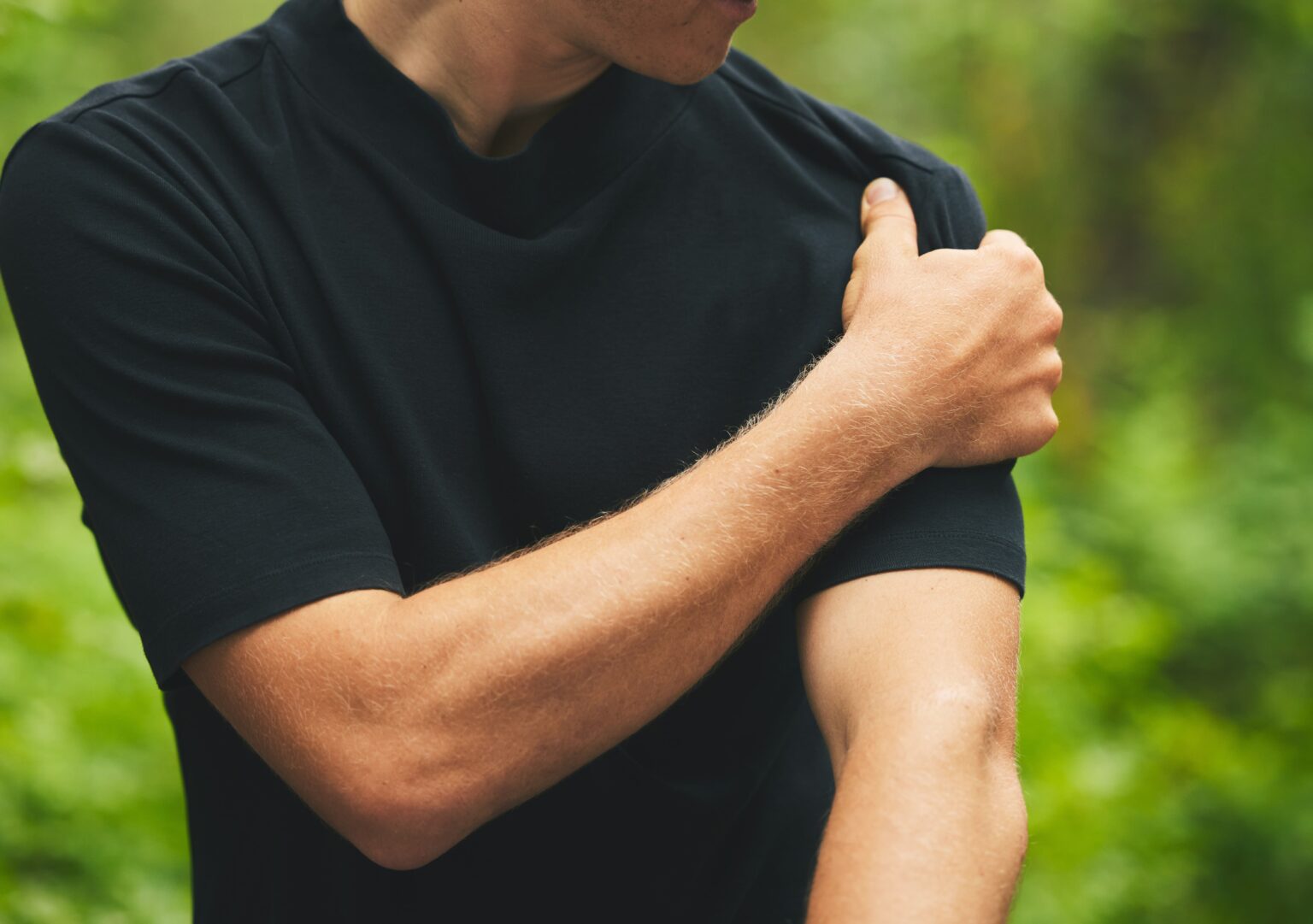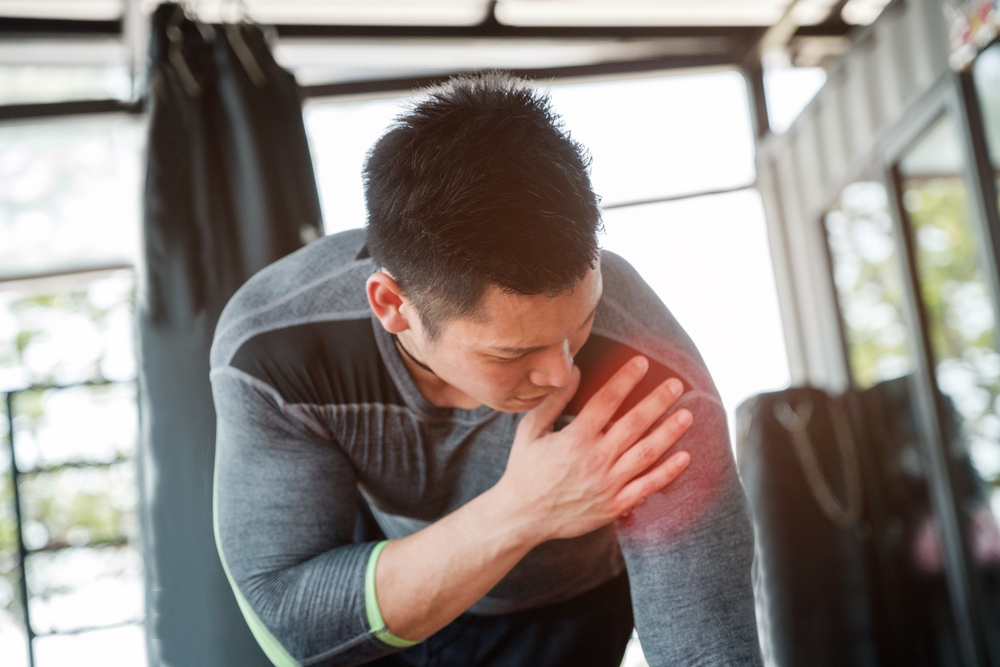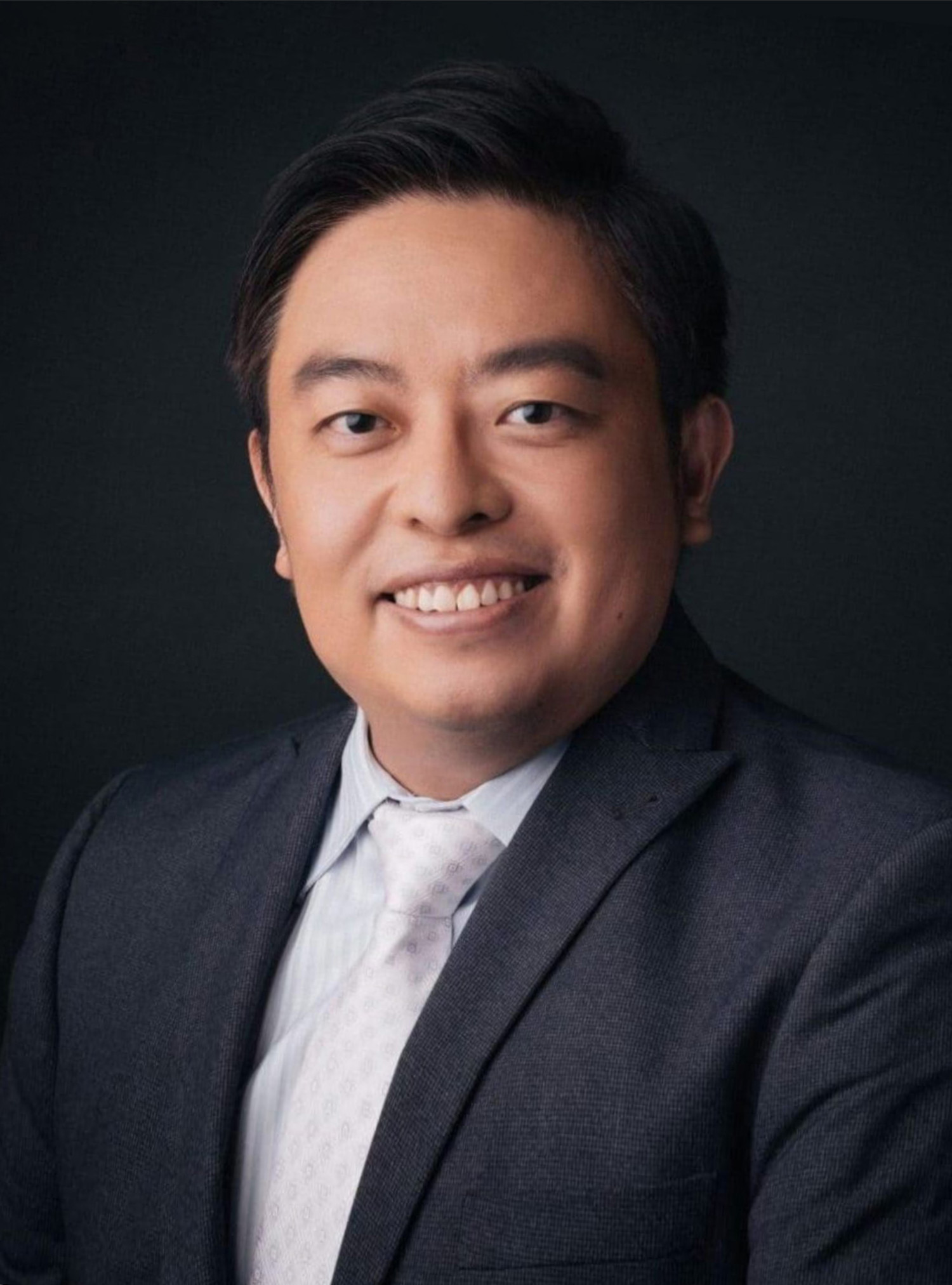Schedule An Appointment With Us
Are Your Symptoms Affecting Your Quality Of Life?
Consult our MOH-accredited orthopaedic specialist for an accurate diagnosis & personalised treatment plan today.

MBBS (S’PORE)
MRCS (Ireland)
MMed (Ortho)
FRCSEd (Ortho)

The shoulder joint, a ball-and-socket structure, is stabilised by a ring of fibrous tissue called the labrum. A shoulder labral tear refers to a tear in this labrum. The labrum’s primary role is to deepen the socket, providing a snug fit for the head of the humerus (the upper arm bone), and thus, enhancing the stability of the shoulder joint.
Labral tears can occur from a variety of causes, ranging from acute injuries to degenerative changes. These tears are not always symptomatic but can lead to pain, discomfort, and a decrease in shoulder function when they do cause symptoms.
The labrum can tear in several ways, and the type of tear can influence both symptoms and treatment options. The most common types of labral tears are:
Superior Labrum Anterior and Posterior (SLAP) tears occur at the top of the shoulder socket where the biceps tendon attaches to the labrum. These tears can be caused by acute trauma or repetitive shoulder motion.
These are specific to the lower part of the labrum and are often associated with shoulder dislocations. Bankart lesions can lead to recurrent instability in the shoulder joint.
Less common than SLAP or Bankart lesions, posterior labrum tears occur at the back of the shoulder socket. They can result from a direct injury or repetitive overhead activities.
Shoulder labral tears can occur due to various reasons, ranging from acute injuries to gradual wear and tear. Some common causes include:
The symptoms of a shoulder labral tear can vary depending on the type and severity of the tear, but common signs include:


Schedule An Appointment With Us
Consult our MOH-accredited orthopaedic specialist for an accurate diagnosis & personalised treatment plan today.
Diagnosing a shoulder labral tear typically involves a combination of clinical assessment and imaging studies. The process includes:
The orthopaedic surgeon will gather information about any history of injury, symptoms, and physical activities that could have contributed to the condition. A physical examination helps assess pain, range of motion, and stability of the shoulder.
In some cases, a diagnostic arthroscopy, a minimally invasive surgical procedure, may be performed. This allows the orthopaedic surgeon to see inside the joint and assess the labrum directly.
Not all shoulder labral tears require surgery. Non-surgical treatment options focus on relieving symptoms and improving shoulder function. These options may include:
Avoiding activities that exacerbate the symptoms is often the first step in treatment.
A tailored physical therapy program can help strengthen the muscles around the shoulder, improve flexibility, and stabilise the joint. This often includes exercises that focus on the rotator cuff and scapular stabilisers.
Medications such as ibuprofen can help reduce pain and inflammation.
Injections into the shoulder joint can provide temporary relief from pain and inflammation. However, their use is generally limited due to potential side effects with repeated use.
Other pain management techniques, such as heat or cold therapy and relaxation exercises, can also be beneficial.
When non-surgical treatments are not effective or the tear is severe, particularly in younger or more active individuals, surgery may be recommended. Surgical options include:

MBBS (S’pore)
MRCS (Ireland)
MMed (Ortho)
FRCSEd (Ortho)
Dr Kau (许医生) is a Fellowship trained Orthopaedic Surgeon with a subspecialty interest in Hip and Knee surgery and has been in practice for more than 15 years.
He is experienced in trauma and fracture management, sports injuries, and joint replacement surgery.
While not all shoulder labral tears can be prevented, certain strategies can reduce the risk of injury:
For Singaporeans, Singapore Permanent Residents and Foreigners.
Please speak to our friendly clinic staff about using your insurance plans.

If you have any enquiry, please do get in touch. Leave us a message and we will get back to you shortly.
A shoulder labral tear will not typically heal on its own due to limited blood supply to the labrum. However, symptoms can often be managed effectively with non-surgical treatments, improving function and reducing discomfort.
Recovery time varies depending on the severity of the tear and the chosen treatment method. Non-surgical treatments may offer symptom relief within a few weeks to months. Post-surgical recovery can take several months, with a gradual return to full activities.
This depends on the severity of the tear and the type of sports. Many athletes can return to their sports with proper treatment and rehabilitation, but this should be done under the guidance of your orthopaedic surgeon.
No, surgery is not always required. Non-surgical treatments, such as physical therapy and rest, can be effective, especially for less severe tears or in individuals with lower activity demands.